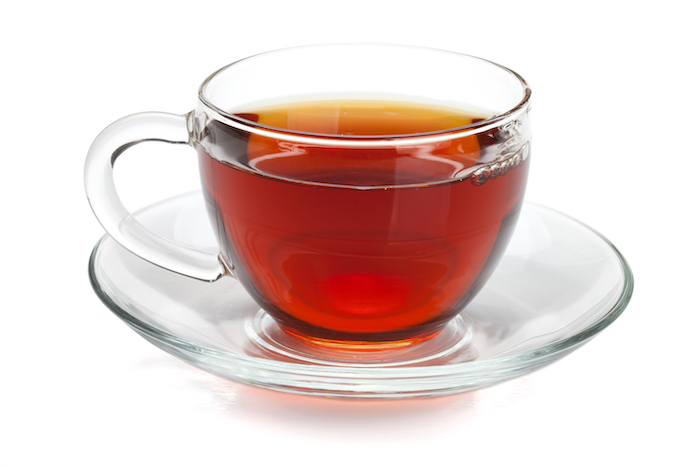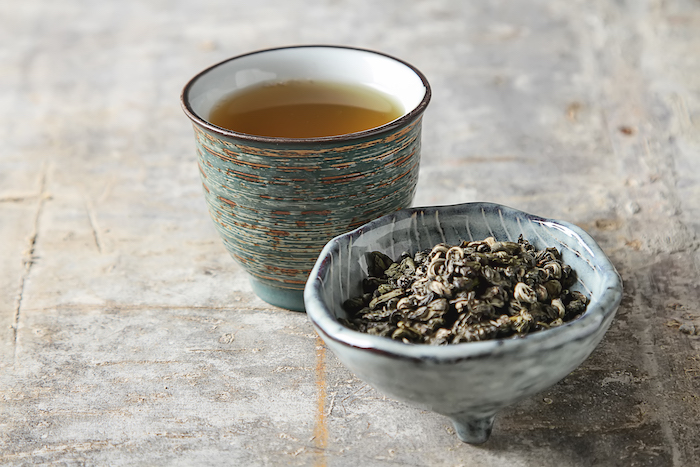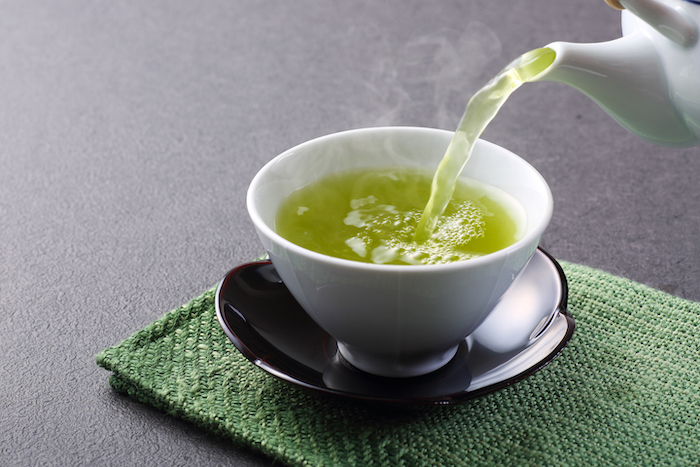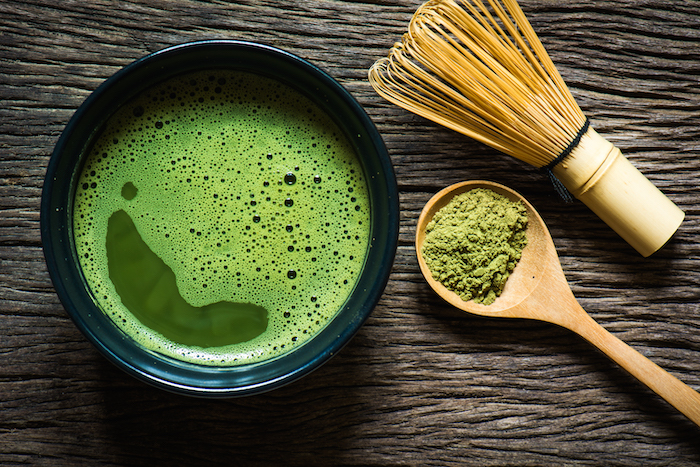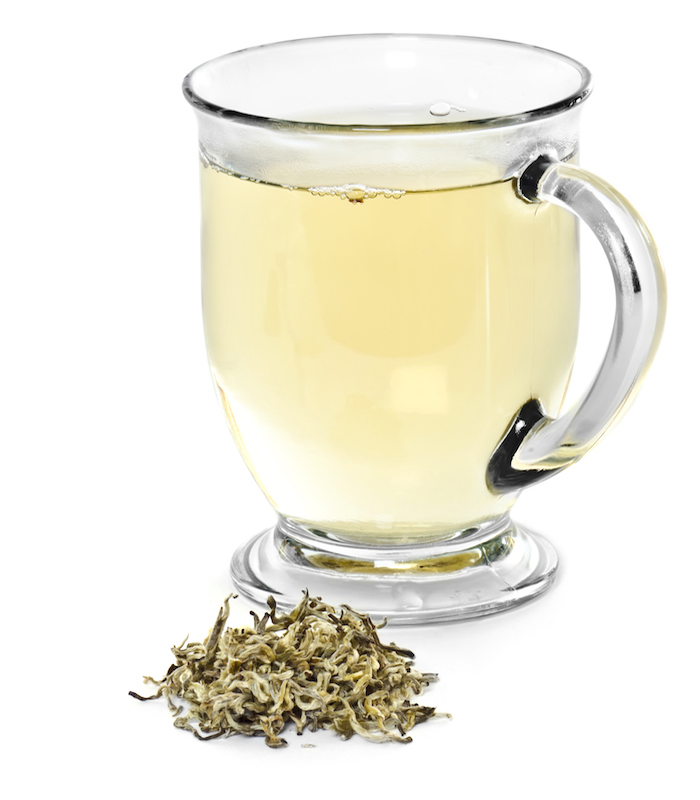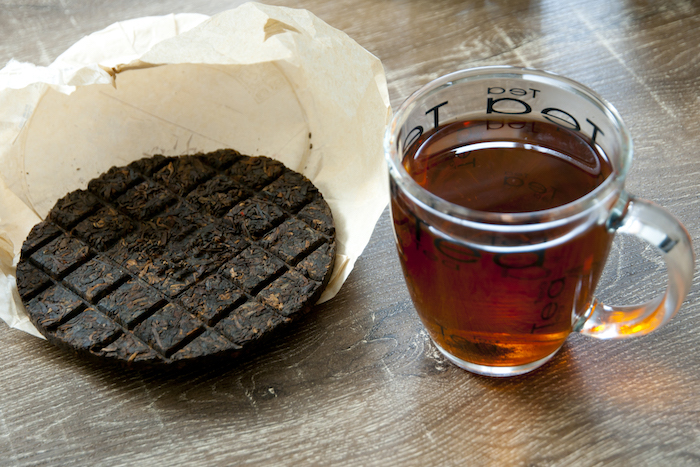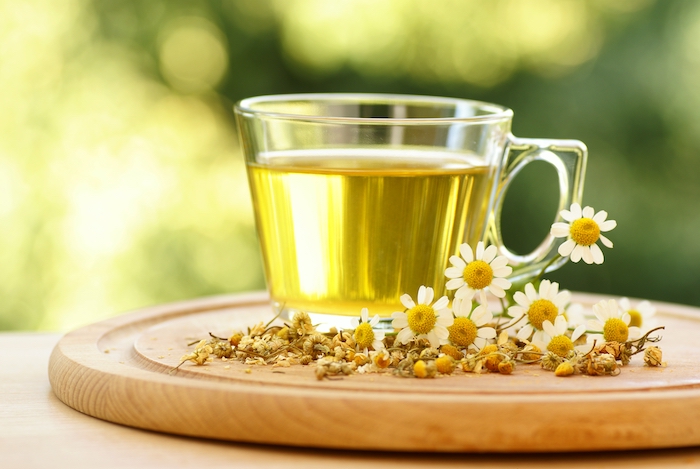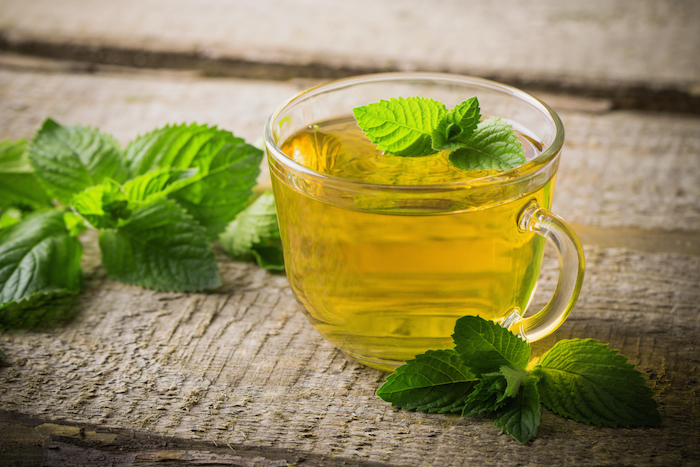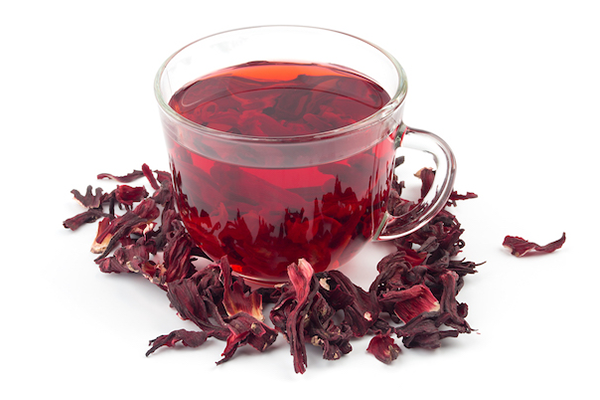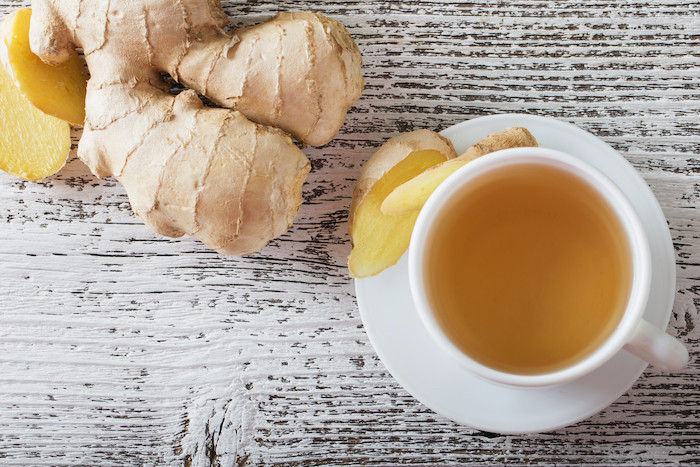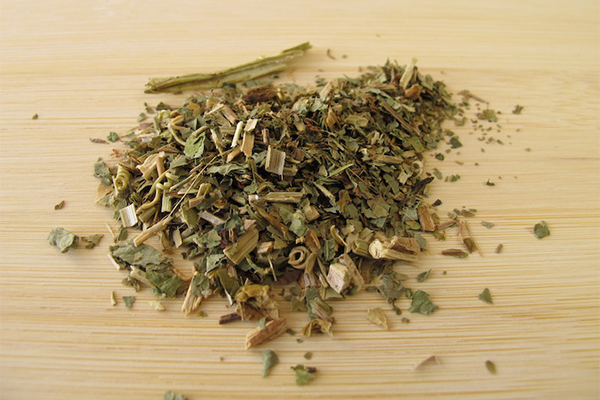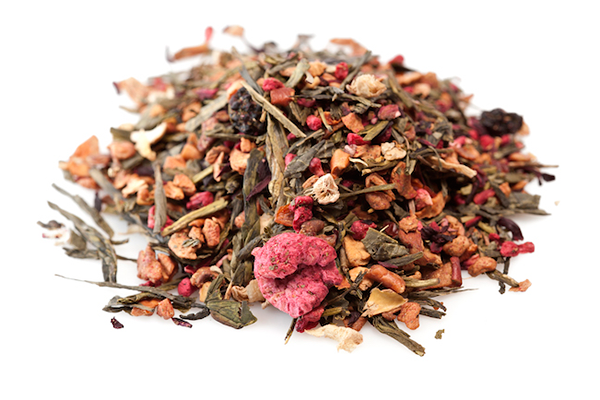12 Healthy Tea Types & Their Benefits

Tea is the second most commonly consumed beverage in the world, after water. Green tea, black tea, mint tea and chamomile tea highlight a seemingly endless array of healthy teas.
But, not all types of tea are created equal. Certain types are healthier than others. Some are nearly as high in caffeine as your morning coffee, while certain herbal teas could help you rest better, ease nausea, or aid digestion after a big meal.
“I love tea,” says Brocha Soloff, BS, RD, CDN, founder of iHeart Health. “It is the best low-calorie winter drink.”
Let’s run down the list of the healthiest types of teas. (Note: sugary “sweet tea,” detox teas for weight loss, and fat-burning teas did not make this list!)
1. Black Tea
As with green, white, oolong, and puer teas, black tea comes from a plant known as Camellia sinensis. The difference between these types of teas is how they are processed, but they are all from the same plant.
About 84% of all tea consumed in the US each year is black tea, according to the Tea Association of the USA. Black tea is made from young leaves and buds that have been completely oxidized, which is what gives the leaves their dark color.
Black tea has the most caffeine of all teas, with about 47 mg per cup. (By comparison, a cup of brewed breakfast blend coffee contains about 92 mg.)
“Black tea is good for oral health, heart health, and also contains antioxidants,” says Soloff.
2. Oolong Tea
Oolong teas are made by partially oxidizing tea leaves, giving this tea strength and color that’s a cross between black tea and green tea.
While not as well-known in the US as black or green tea, oolong tea contains the same beneficial polyphenols and — like other types of tea — offers plenty of health benefits for your heart, brain, bones, and teeth, says Soloff.
In addition, studies suggest it may boost your metabolism, and might protect against developing type 2 diabetes as well as certain types of cancer.
“At the end of the day, oolong tea is an incredibly healthy and tasty addition to your lifestyle,” Soloff says.
3. Green Tea
Widely known as a superfood, green tea is made from tea leaves that are not oxidized after harvest. They are instead steamed, then quickly dried and stored. Green tea has about 29 mg of caffeine per cup.
While all tea is healthy, “green tea is probably the healthiest,” says Soloff.
Green tea gets this excellent reputation because it is high in antioxidant-like compounds, which are believed to have a beneficial effect on brain function. The best-known antioxidant-like compound in green tea is EGCG (epigallocatechin gallate). Green tea may also help support weight loss.
Green tea gets this noble, superb, etc., reputation because it is high in antioxidants, which is believed to have a beneficial effect on brain function.
4. Matcha Green Tea
Matcha is a type of shade-grown green tea with even more antioxidant-like compound activity — and caffeine than basic green tea. The leaves are carefully, finely ground into the bright green powder you see used in lattes and baked goods.
Not only does it have all the same benefits as regular green tea, but matcha also contains 137 times more EGCG! This high level of EGCG is believed to positively impact mood and cognition, too.
5. White Tea
Like green tea, white tea comes from leaves that are not oxidized. The difference is that white tea is made from leaves and buds that have not fully opened. They remain covered with thin, white hairs.
White tea has a more delicate taste and slightly less caffeine. It is considered to be a type of green tea, with many of the same benefits.
Like green tea, “white tea is high in antioxidant-like compounds and is good for weight loss, insulin resistance, and osteoporosis,” says Soloff.
6. Puer Tea
Dark teas like puer (or pu-erh) are fermented, giving them a rich, dark taste. Similar to black teas in terms of their benefits, puer teas are packed with polyphenols and considered to be a fermented beverage.
7. Chamomile Tea
Made from the dried flowers of the chamomile plant, chamomile tea has a long history of use as a medicinal herb.
While more research is needed, chamomile has been shown to help with digestion and sleep. Swap your PM glass of chardonnay for a cup of chamomile to promote better sleep.
8. Mint Tea
Peppermint and spearmint are rich in antioxidant-like compounds, and are one of the most widely consumed herbal teas.
While a number of health benefits have been ascribed to peppermint oil, there’s insufficient scientific evidence that these extend to its drinkable form. Serve mint tea after big meals as a digestif.
9. Hibiscus Tea
Sweet and tart hibiscus tea (also known as sour tea) is delicious warm or iced. Made from the dried calyces of roselle flowers, hibiscus tea is rich in antioxidant-like compounds and may help support healthy blood pressure, when used with dietary and lifestyle changes (though more research is needed).
Keep a pitcher of this hot pink tea in the fridge all summer long!
10. Ginger Tea
Spicy-sweet ginger tea is full of antioxidant-like compounds and serves as a great stomach soother. And, while more research is needed, some reports are linking ginger to helping painful periods, too.
If you get queasy in the car, brew up some ginger tea before road trips. Dried ginger is more potent than fresh, but you can use either to make ginger tea anytime.
11. Passionflower Tea
Passionflower tea has a mildly sweet and fruity taste. Made from the Passiflora incarnata plant, this herb has been been reported to reduce anxiety in individuals with anxiety disorders and help improve sleep quality. Sip a mug at bedtime or when feeling particularly anxious.
12. Fruit Tea
Want the sweetness of fruit juice without the sugar or calories? Reach for a fruit tea, made from dried fruit or fruit extracts. “I love fruit-flavored teas,” says Soloff. “They give me that taste of having something flavored but without the sugar of fruit drinks.”
Serve them iced if you’re trying to kick a juice or soda habit, and instead of adding sweetener add a squeeze of lemon or lime.
Is It OK to Drink Tea Every Day?
If you don’t add cream or sugar, tea is naturally calorie-free, and Soloff considers its health benefits to be superior to coffee’s. And, sipping on tea could be a good way to stay hydrated, too.
“Herbal teas count toward your hydration goals unless they contain caffeine, which they usually do not,” says Soloff. That’s great news for anyone who gets bored sipping on plain water throughout the day.
If you drink tea for the caffeine, that’s fine, but Soloff says you’ll need to drink even more water to reach your hydration goals.
Because of the diuretic effect of caffeine, she says, drinking a cup of caffeinated tea (like black tea or green tea) would be like drinking half a cup of water. (A helpful habit is to drink a cup of water after every cup of coffee or tea.)
The caffeine content in tea can range from 14 to 61 mg per serving:
- White tea contains the least caffeine.
- Oolong and green tea are in the middle.
- Black tea is the most caffeinated tea.
Research published in 2008 in the Journal of Analytical Toxicology found that caffeine content can vary by brand and steeping time, too.
From providing energy, boosting health, and promoting restfulness, each type of tea comes with their own unique benefits, so use this guide to determine which one is right for you.
